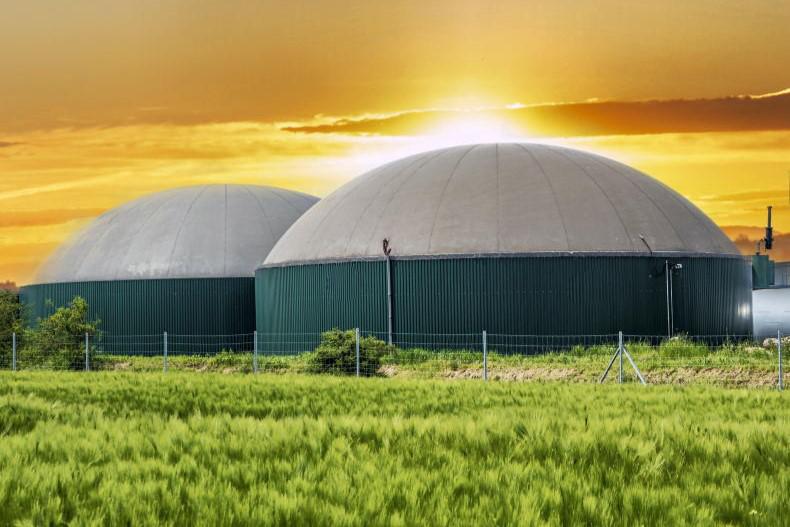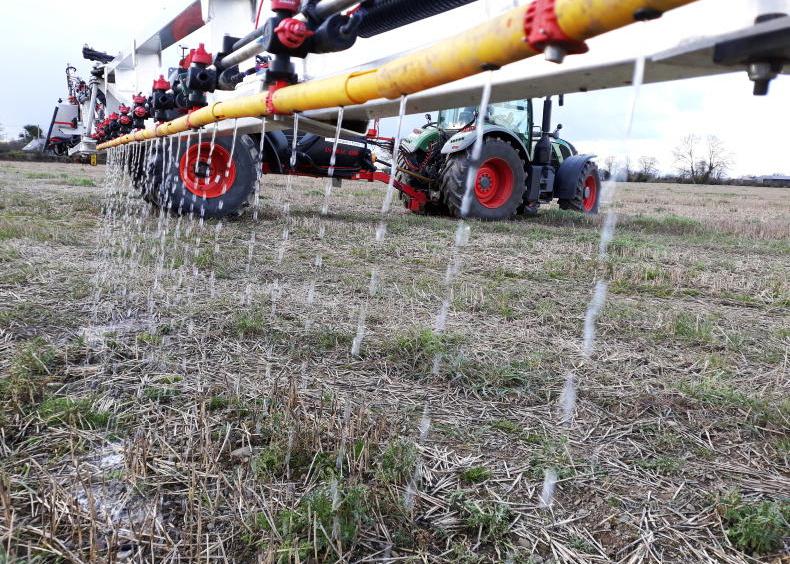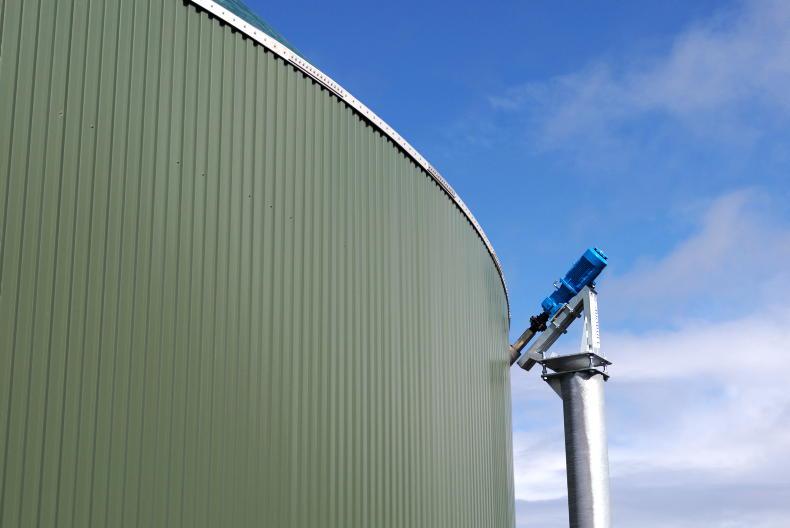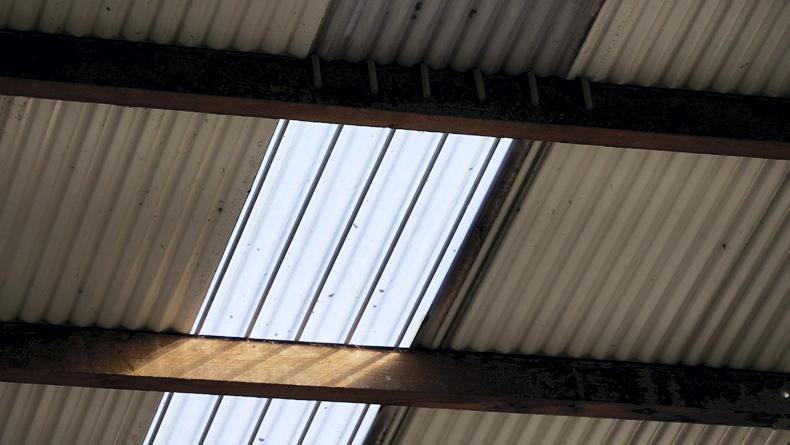The developed world economy is between a rock and a hard place when it comes to climate change.
Research published last week by the European Central Bank (ECB) very clearly lays out the problem, saying actions taken to tackle rising global temperatures will lead to profound changes in economic activity over the coming decades.
However, failure to take those actions will lead to damaging climate extremes, higher temperatures and rising sea levels.
While there is a general consensus among scientists and climate experts that unmitigated climate change is substantially worse for the world over the long term than the impact of the transition to net-zero would be, there are different levels of how bad the transition will be.
Carbon-neutral
The transition to a carbon-neutral economy will have negative effects in many sectors, but the author of the ECB research says that co-ordinated policies across sectors, countries and regions will help alleviate these negative impacts.
In looking at the problem, the ECB breaks it down into three distinct sections and projects how they will change economic output.
Long-run climate change and rising temperatures will lead to a loss of agricultural land due to lack of water, desertification, and rising sea levels. There would be higher levels of climate-induced migration and higher mortality rates from heat. Coastal regions and cities would see huge disruption due to rising sea levels. More frequent extreme weather events will cause the destruction of capital stock (buildings, infrastructure, etc) and would probably lead to a reduced willingness to invest over the long run. Again, there would be higher mortality rates and disaster-induced migration. From an economic growth perspective, businesses would spend too much time rebuilding or retrenching in the face of disasters to invest in innovation.The green transition will lead to an increase in carbon taxes, which may reduce funds for investment and drive inflation. There may be an increase in structural unemployment where industries that have thrived may no longer be viable in a carbon-neutral world, meaning skills learned and employment gained in those industries would no longer be needed. Finally, investment in reducing carbon output may not necessarily be more efficient than the process being replaced, which will lead to a drop in output. Scenario three
None of those three options look like a tempting choice, but as one has to be picked, then number three is obviously the one to go for. In implementing the green transition, however, there are very significant global policy challenges.
The ideal scenario, as illustrated in a recent paper by the Network for Greening the Financial System, is that all governments and institutions move smoothly towards a net-zero world by 2050. The costs of the transition are shared, and global temperature rise is halted at 1.5 degrees above the pre-industrial level.
However, that is far from the world we are in at the moment. While 195 governments have signed up to the Paris climate targets, the implementation of necessary changes has been very slow.
‘Not one is on track’ with Paris accord
Analysis by the climate action tracker consortium of scientists shows that, of the countries they monitor – responsible for 85% of global greenhouse gas emissions – not one is on track to meet the targets set in the Paris accord.
Interestingly, their analysis shows that policies within the European Union which reduce carbon emissions significantly accelerated in the wake of Russia’s invasion of Ukraine.
While many of those policies were driven by a need to be energy-independent, Europe’s low levels of fossil fuel reserves mean that drive is necessarily being led by low- or zero-carbon technologies.
That, perhaps, is the unfortunate lesson for the transition to carbon neutrality. Until there is an actual crisis, there will not be enough urgency to cause change at a meaningful level.
Ideally, policymakers, investors and individuals would all look at scenario one and two outlined by the ECB, and choose to commit to scenario three, knowing that by making the change in good time, the impact of the change will be minimised.
But unfortunately, the cause and effect seem to be reversed – policymakers, investors and individuals need to feel the effects of scenario one and two before they fully commit to the cure.
Without a sense of fairness for everyone being forced to make changes, the resistance within each sector will be greater
Nowhere is this clearer than in the United States at the moment. Investment in companies with strong environmental, social and governance (ESG) ratings have collapsed this year – according to analysis by Bloomberg Intelligence, $2.3 billion (€2.17 billion) has been withdrawn from stock-market funds in the sector – because there is a feeling among investors that the next president of the country may be a Republican, which would mean a policy backlash against environmental goals.
Closer to home, there are also policy difficulties, as Government here is seen to be targeting some sectors – agriculture being the obvious one – more than others, such as data centres and the airline industry.
Without a sense of fairness for everyone being forced to make changes, the resistance within each sector will be greater, which in turn will cause slower progress.
Structural transformation
Overall, the green transition is a structural transformation of the economy. Jobs that exist now will not exist in a carbon-neutral world. Investments that are profitable now will no longer make sense, and ideas that seem radical will become standard practice.
The speed of that transition will depend on many factors, but the two main ones are: joined-up policymaking (eg, where a drive to increase use of solar energy or anaerobic digestion is accompanied by a streamlined planning process, and an easy route to market for the energy produced) and well-communicated policy, where the investors and individuals who have to change will understand why and feel they are being treated fairly.
If the scientists are right, and if policymakers continue to underperform, then we will have the worst of all worlds. One where we see temperatures rise, more extreme climate events and then have to go through the green transition anyway; only in a disorderly, chaotic way.
The developed world economy is between a rock and a hard place when it comes to climate change.
Research published last week by the European Central Bank (ECB) very clearly lays out the problem, saying actions taken to tackle rising global temperatures will lead to profound changes in economic activity over the coming decades.
However, failure to take those actions will lead to damaging climate extremes, higher temperatures and rising sea levels.
While there is a general consensus among scientists and climate experts that unmitigated climate change is substantially worse for the world over the long term than the impact of the transition to net-zero would be, there are different levels of how bad the transition will be.
Carbon-neutral
The transition to a carbon-neutral economy will have negative effects in many sectors, but the author of the ECB research says that co-ordinated policies across sectors, countries and regions will help alleviate these negative impacts.
In looking at the problem, the ECB breaks it down into three distinct sections and projects how they will change economic output.
Long-run climate change and rising temperatures will lead to a loss of agricultural land due to lack of water, desertification, and rising sea levels. There would be higher levels of climate-induced migration and higher mortality rates from heat. Coastal regions and cities would see huge disruption due to rising sea levels. More frequent extreme weather events will cause the destruction of capital stock (buildings, infrastructure, etc) and would probably lead to a reduced willingness to invest over the long run. Again, there would be higher mortality rates and disaster-induced migration. From an economic growth perspective, businesses would spend too much time rebuilding or retrenching in the face of disasters to invest in innovation.The green transition will lead to an increase in carbon taxes, which may reduce funds for investment and drive inflation. There may be an increase in structural unemployment where industries that have thrived may no longer be viable in a carbon-neutral world, meaning skills learned and employment gained in those industries would no longer be needed. Finally, investment in reducing carbon output may not necessarily be more efficient than the process being replaced, which will lead to a drop in output. Scenario three
None of those three options look like a tempting choice, but as one has to be picked, then number three is obviously the one to go for. In implementing the green transition, however, there are very significant global policy challenges.
The ideal scenario, as illustrated in a recent paper by the Network for Greening the Financial System, is that all governments and institutions move smoothly towards a net-zero world by 2050. The costs of the transition are shared, and global temperature rise is halted at 1.5 degrees above the pre-industrial level.
However, that is far from the world we are in at the moment. While 195 governments have signed up to the Paris climate targets, the implementation of necessary changes has been very slow.
‘Not one is on track’ with Paris accord
Analysis by the climate action tracker consortium of scientists shows that, of the countries they monitor – responsible for 85% of global greenhouse gas emissions – not one is on track to meet the targets set in the Paris accord.
Interestingly, their analysis shows that policies within the European Union which reduce carbon emissions significantly accelerated in the wake of Russia’s invasion of Ukraine.
While many of those policies were driven by a need to be energy-independent, Europe’s low levels of fossil fuel reserves mean that drive is necessarily being led by low- or zero-carbon technologies.
That, perhaps, is the unfortunate lesson for the transition to carbon neutrality. Until there is an actual crisis, there will not be enough urgency to cause change at a meaningful level.
Ideally, policymakers, investors and individuals would all look at scenario one and two outlined by the ECB, and choose to commit to scenario three, knowing that by making the change in good time, the impact of the change will be minimised.
But unfortunately, the cause and effect seem to be reversed – policymakers, investors and individuals need to feel the effects of scenario one and two before they fully commit to the cure.
Without a sense of fairness for everyone being forced to make changes, the resistance within each sector will be greater
Nowhere is this clearer than in the United States at the moment. Investment in companies with strong environmental, social and governance (ESG) ratings have collapsed this year – according to analysis by Bloomberg Intelligence, $2.3 billion (€2.17 billion) has been withdrawn from stock-market funds in the sector – because there is a feeling among investors that the next president of the country may be a Republican, which would mean a policy backlash against environmental goals.
Closer to home, there are also policy difficulties, as Government here is seen to be targeting some sectors – agriculture being the obvious one – more than others, such as data centres and the airline industry.
Without a sense of fairness for everyone being forced to make changes, the resistance within each sector will be greater, which in turn will cause slower progress.
Structural transformation
Overall, the green transition is a structural transformation of the economy. Jobs that exist now will not exist in a carbon-neutral world. Investments that are profitable now will no longer make sense, and ideas that seem radical will become standard practice.
The speed of that transition will depend on many factors, but the two main ones are: joined-up policymaking (eg, where a drive to increase use of solar energy or anaerobic digestion is accompanied by a streamlined planning process, and an easy route to market for the energy produced) and well-communicated policy, where the investors and individuals who have to change will understand why and feel they are being treated fairly.
If the scientists are right, and if policymakers continue to underperform, then we will have the worst of all worlds. One where we see temperatures rise, more extreme climate events and then have to go through the green transition anyway; only in a disorderly, chaotic way.









SHARING OPTIONS